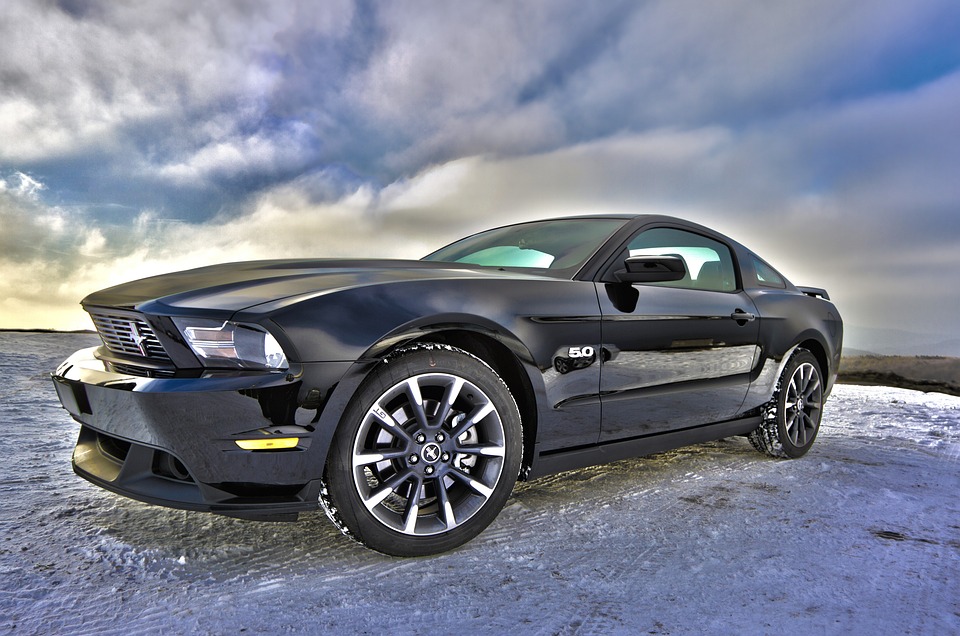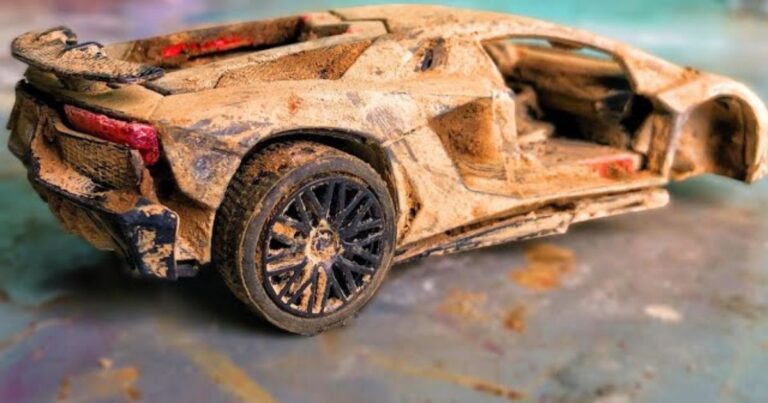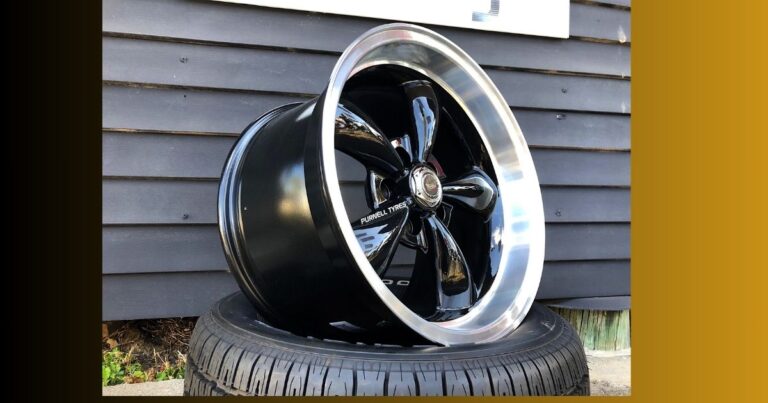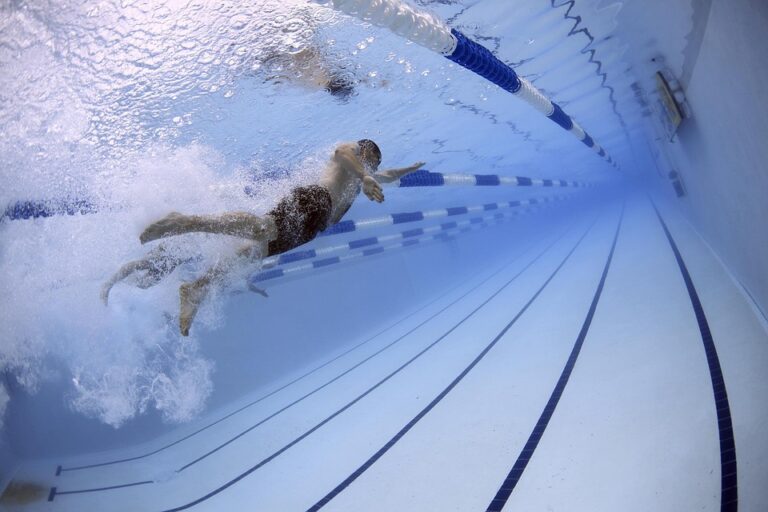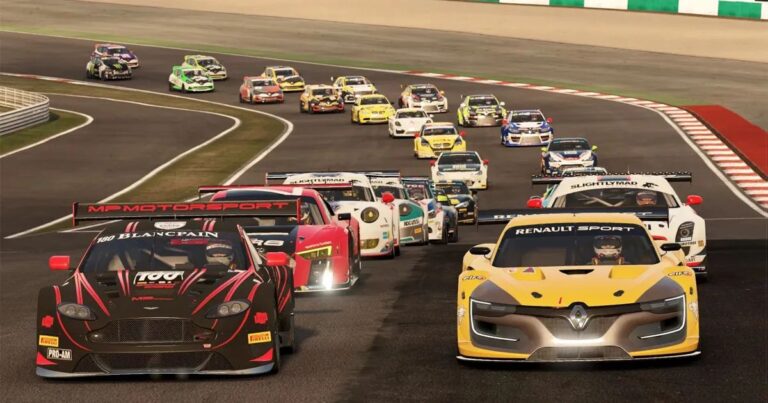Greyhound racing: what do the colored jackets mean
A typical greyhound race in the United Kingdom consists of six dogs. Each dog is identified by the colored jacket they wear for the race. The color indicates the starting position—in other words, the trap number he’s racing from—and helps you identify the dogs as they race. The colors are standard so it pays to get to know them during your night in the greyhounds. Let’s run through them.
The red jacket is always worn by the dog starting from the snare. This is the starting position closest to the inner rail. These animals generally prefer to run along the inside of the track and are known to race-goers as “rail riders”. Railway usually requires a good burst of early speed to maintain his position in the first corner and not get bumped by an opponent.
The dog always wears the blue jacket starting with the second trap. This trap is generally preferred by railroad drivers with such dogs who seek to get to the rail in front of the greyhound in the trap.
The white jacket is always worn by the animal starting with the third trap and the black jacket is always worn by the staring greyhound from the fourth flight. Starting positions are generally favored by Greyhounds who have a natural preference for running along the middle of the track as indicated by an (M) next to their name on a racing card.
The orange jacket is always worn by the greyhound starting with the fifth trap and the black and white striped jacket by the greyhound starting with the sixth trap. These staring positions are generally favored by greyhounds who have a natural preference for running towards the wide outside of the track as indicated by the (W) symbol next to their name on a racing card. A potential advantage of a wide run is that frequent first-time squabbles can be avoided.
The position of the trap makes a difference and should be taken into account when looking for betting opportunities. A greyhound running out of position can damage his chances although trap preference for graded racing is taken into account by the race director and a wide runner will not be placed in an inside trap and vice versa.
This is to avoid trouble running. For example, if a greyhound which is usually a wide runner is placed in a single trap, its natural instinct will be to seek the outside rail and jump straight out of the traps. This may cause interference with other dogs in the race.
It can be a fun night out and you don’t need to break the bank because entry is not expensive. Many race-goers like to enjoy a meal while watching the race from the comfort of a restaurant. After a few minutes of familiarizing yourself with the different colored vests, starting position and whether your chosen greyhound has a marked preference for the trap position can help your enjoyment when you go for a greyhound racing night.
